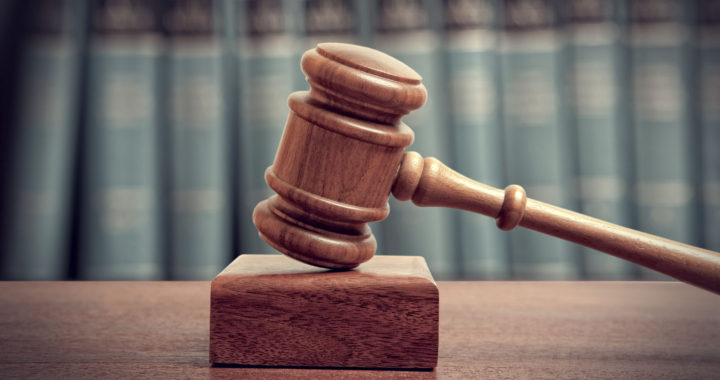
Imagine waking up to your mugshot on the internet—despite being cleared of all charges. That image, meant only to document an arrest, becomes a lasting label. Mugshot laws across the U.S. offer little protection and considerable inconsistency. The result? Millions are left dealing with stigma, bias, and long-term harm.
Table of Contents
What Mugshots Are—and Why They’re Public
A mugshot is a photo taken during an arrest. It’s a standard part of booking procedures and, in most states, is considered a public record. That status is tied to the Freedom of Information Act (FOIA), which promotes government transparency and accountability.
Agencies release more than 10 million mugshots annually. They’re used to identify suspects, alert the public about fugitives, and support journalists covering arrests. But the broad public release of mugshots also fuels online exploitation—and the law hasn’t kept up.
The History of Mugshot Policies
The use of mugshots goes back to the 1800s. French police introduced the idea, combining photos with measurements to identify repeat offenders. The U.S. adopted the practice in the early 1900s. By the 1970s, mugshots went digital.
As technology evolved, so did the risks. What once lived in a filing cabinet now lives on the internet—searchable, shareable, and rarely forgotten. Yet privacy laws stayed stuck in the past.
Mugshot Laws Today: A Patchwork System
As of 2023, only 21 states have laws that limit the publication of mugshots. Some prohibit commercial use. Others allow takedown requests—but often for a fee. In 29 states, there are no laws specifically addressing the use of mugshots.
This inconsistency results in significant gaps in protection. In Texas, mugshots are public, and removal can cost up to $750. In New York, mugshots are sealed unless there’s a conviction. Florida allows indefinite online access, even after charges are dropped.
A person arrested in one state may have rights, but in another state, those rights may be lost. That leaves millions without recourse.
Where the Law Falls Short
Expungement Is Limited
Only 15 states require mugshots to be removed after non-convictions. Others make the process expensive, slow, or overly complex. Fees range from $200 to $500. Wait times stretch to a year or more. In many states, even charges that are dismissed may not qualify.
These barriers make expungement rare. According to one report, 70% of people who try to clear their records fail due to technical or financial obstacles.
Online Exploitation Is Still Legal in Many States
Some websites charge hundreds of dollars to remove mugshots. Even in states where this practice is banned, loopholes remain. Hosting images across state lines or republishing on new domains allows operators to skirt the law.
Takedown requests often go ignored. Even when granted, the content may reappear elsewhere. Legal remedies exist—but they’re expensive and time-consuming.
The Real-Life Impact
Job and Housing Barriers
Background checks flag mugshots—even if there was no conviction. That leads to missed job offers and rejected housing applications. In some states, 60% of people with non-convictions are turned down for jobs. Housing denials are 40% higher where ban-the-box laws don’t exist.
Long-Term Social and Mental Health Effects
The damage isn’t just financial. Public mugshots increase stigma, harassment, and isolation. Studies link exposure to increased rates of depression and PTSD. Communities of color, especially Black Americans, are disproportionately affected.
What Real Reform Looks Like
Groups like the ACLU and Electronic Frontier Foundation want federal action to close the gaps in state laws. They recommend:
- Automatic expungement for non-convictions, modeled after states like Illinois.
- A nationwide ban on mugshot pay-to-remove schemes.
- Universal ban-the-box laws to protect job applicants.
- AI moderation requirements on mugshot websites to flag and remove exploitative images.
- Increased funding for reentry and job training under the Second Chance Act.
One example: Utah’s 2022 mugshot reform law resulted in a 12% reduction in recidivism in its first year.
Bottom Line
Mugshot laws were built for a different era. Today’s digital world exposes millions to harm long after the legal system lets them go. Without uniform protections, the stain of an arrest—even without conviction—can last a lifetime.
Until we close the gaps, people will continue paying the price for a crime they didn’t commit, or one they’ve long since left behind.
It’s time for smarter, fairer laws that prioritize dignity, privacy, and real second chances.